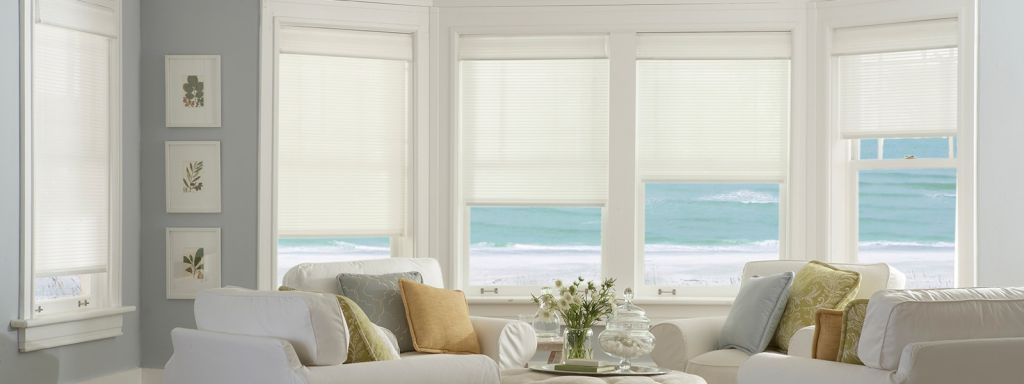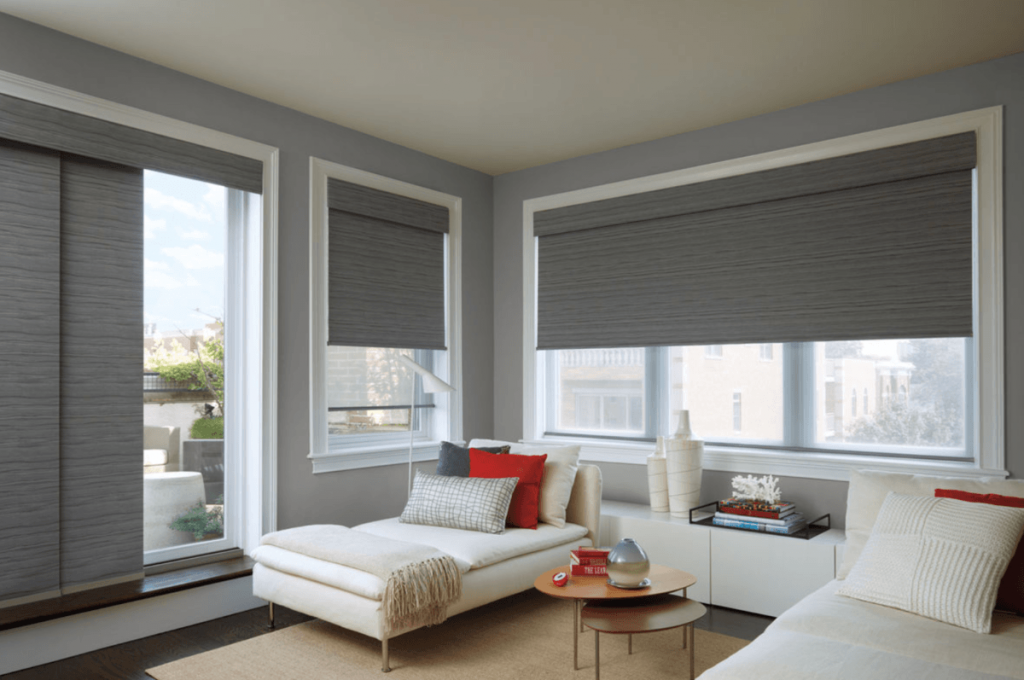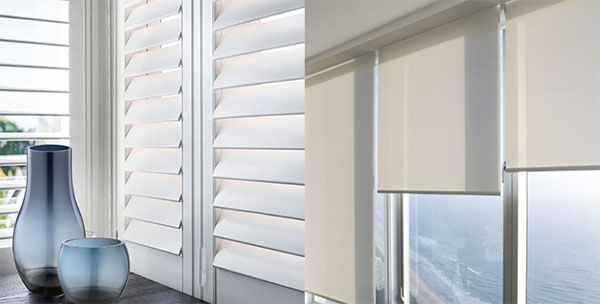A window blind isn’t really a window cover at all. It’s simply a kind of window covering made from a mesh backing. There are several different types of window blinds that use various systems for controlling the slats. However, common window blinds are composed of multiple long horizontal (or even vertical) slats of varying kinds of material, such as wood, metal or plastic that are held taut by strings that run across the blinds. These blinds are commonly called curtains or sheers.

Most people have seen horizontal slat blinds or Roman blinds with one flat panel and three or more angled slat panels. These kinds of blinds can also be called sheers or shades. Roman blinds are made by folding horizontal slat panels into panels that have straight, curved lines. They are usually less expensive than other kinds of blinds, but their design doesn’t look as appealing as Roman blinds. You can find both kinds of blinds in either black or white fabrics.
Another difference between horizontal blinds and vertical blinds is the kind of insulation they provide. Horizontal blinds are better insulators than vertical blinds. On the other hand, Curtains are the best insulators when they’re not putting up directly against windows. Vertical blinds are most effective when installed in windows. Horizontal blinds can get too hot in summer and too cold in winter, and their slat panels can collect dust easily.
One way to minimize problems with dust accumulation is to choose a fabric for your window blinds that have natural air permeability properties. A fabric like Karastan, for example, is very good at providing airflow. However, Karastan is fairly lightweight and you might need two or more panels to achieve the proper insulation level. Vinyl is another lightweight and durable fabric choice for window blinds. The problem with vinyl is that it’s difficult to clean and maintain.

With vertical blinds, you’ll want to use wide slats that are made of a stronger material than slats made of plastic. Plastic slats bend, and when they do, they can often break off and get stuck on things. If two or more slats break off, they can hang down and block a ventilation hole in the middle of a room. In addition, slats made of plastic will eventually break off and get stuck on sharp edges. Blinds that use wider slats are harder to clean and maintain, but they’re more energy-efficient and they don’t block ventilation holes.
Finally, you should consider roller shades, because they’re both horizontal and vertical blinds, and they work especially well in areas where some amount of ventilation is needed. Roller shades are also easy to clean. All you need to do is wipe them down with a damp towel. Because roller shades are durable, lightweight, and convenient, they are a good choice for window blinds.
